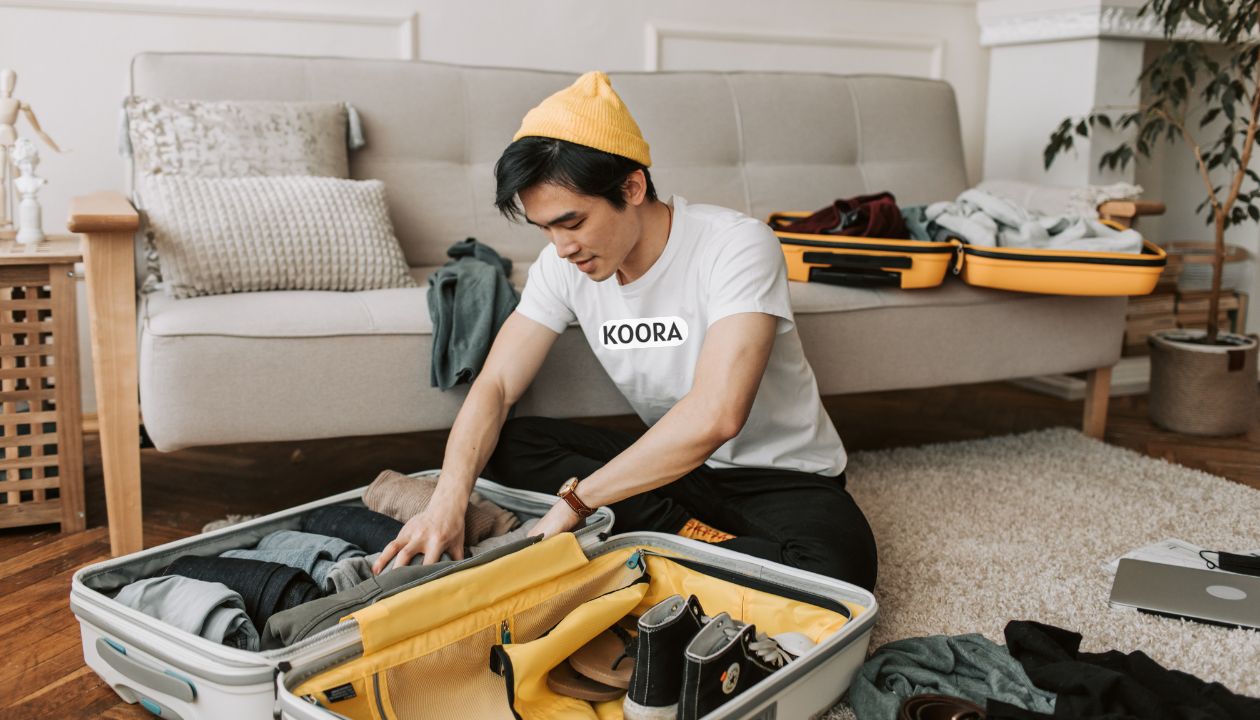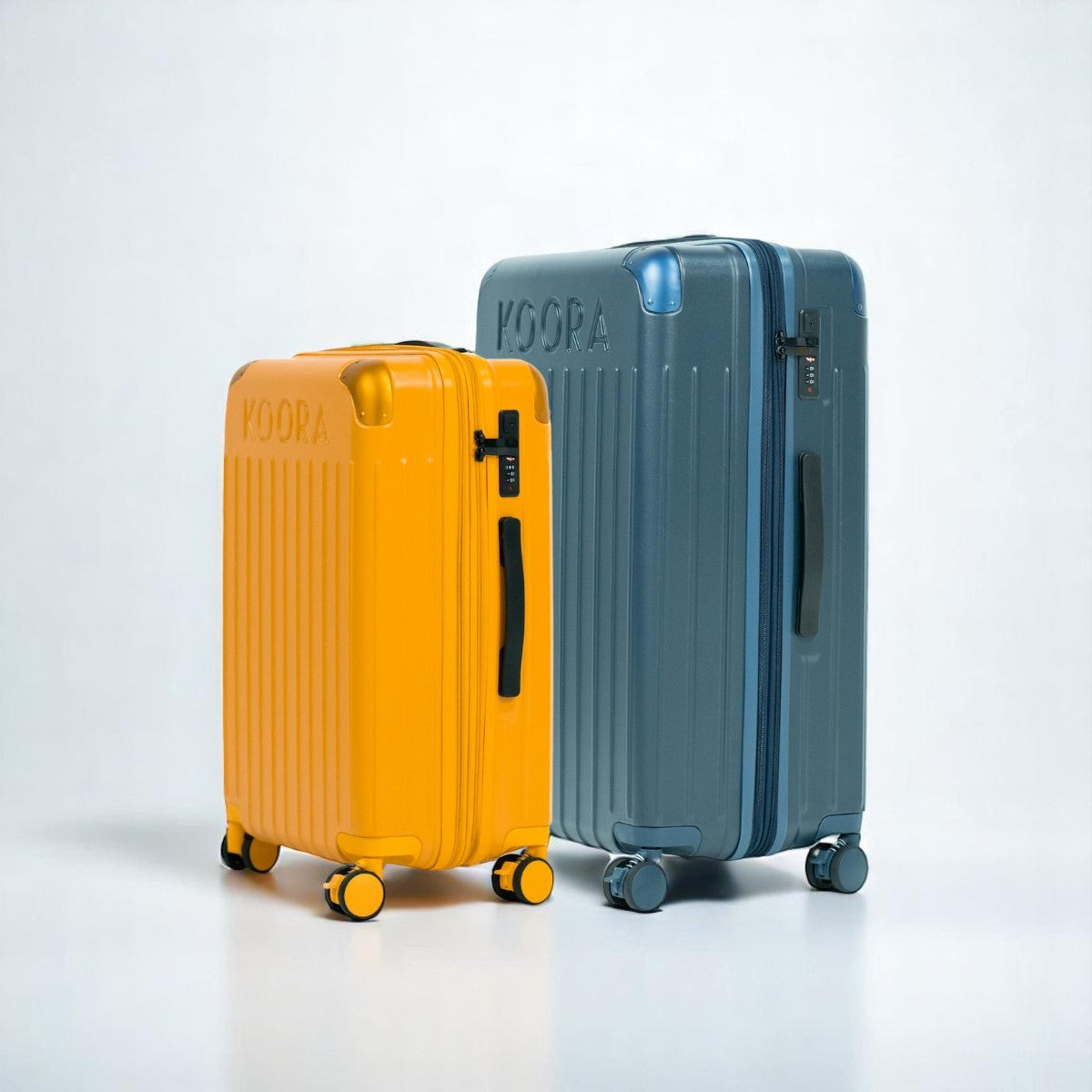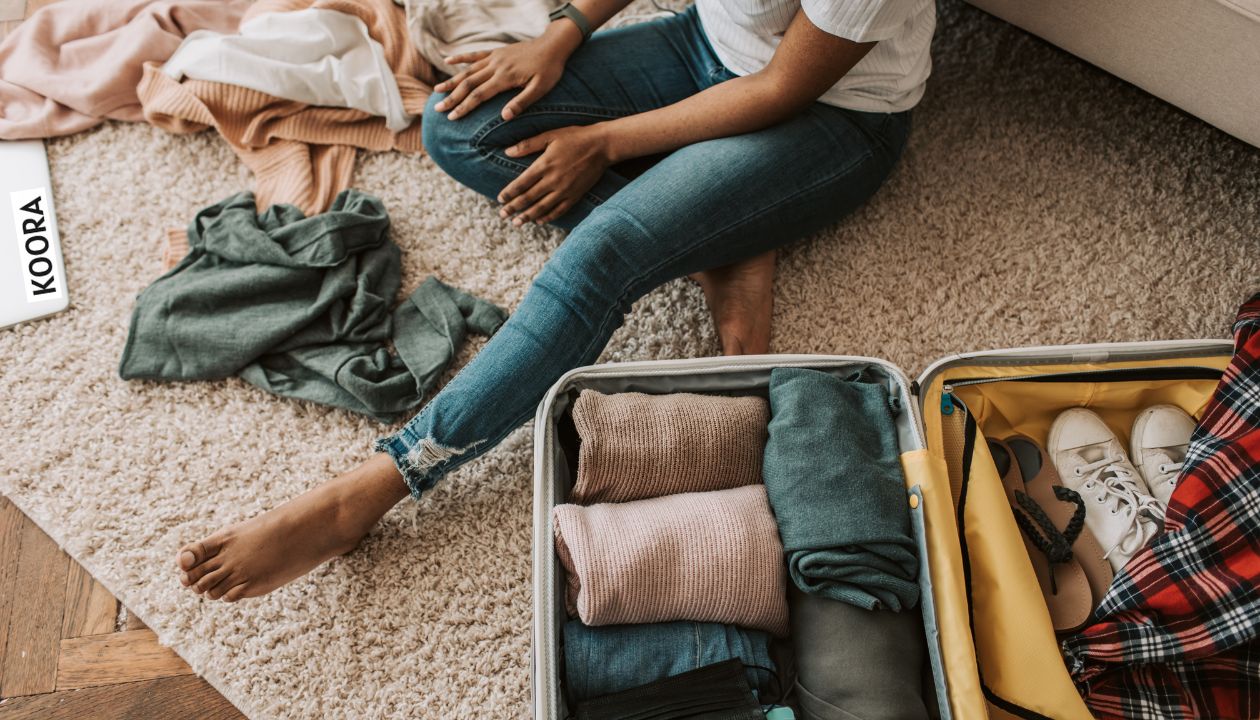
Ultimate Guide to Upcycled Luggage and DIY Travel Gear
In 2025, travelling is not only observing the world around but is the lifestyle that reflects personal values, and even more, the issues of sustainability. With more travellers trying to minimise their carbon footprint, upcycled luggage and do-it-yourself travel gear are hitting the eco-conscious circle hard.

From jeans into travel pouches, seat belts into straps or purses; upcycling creates a personalised flair with style and function. If you are an enthusiastic traveller who needs a replacement for your worn-out bag or a crafts person who is interested in reusing things, this ultimate guide will motivate you to pack lighter, on this planet and in your bag.
What Is Upcycled Luggage?
Upcycling is the process of reusing old materials as new, and oftentimes better, items. Unlike recycling (which usually involves the breakdown of material), upcycling maintains the original form, increasing value by design and purpose.
In luggage, this could mean:
-
Suitcases made from retired airline uniforms
-
Duffel bags crafted from discarded banners or tarpaulins
-
Backpacks sewn from old denim, canvas tents, or sails
These pieces don’t just minimise waste—they also tell a story. Each scratch, texture, or colour variation reflects a history, making every bag one-of-a-kind.
Why Choose Upcycled or DIY Travel Gear?
Besides being environmentally friendly, upcycled and DIY luggage offer a range of benefits:
1. Eco-Impact
Upcycling reduces the need for new raw materials, lowers carbon emissions, and keeps waste out of landfills.
2. Durability
Many upcycled materials (like seatbelts or industrial canvas) are extremely rugged and weather-resistant, perfect for the demands of travel.
3. Affordability
DIY gear often costs a fraction of mass-produced items, especially when you’re repurposing things you already own.
4. Customisation
You get to create luggage that reflects your style, needs, and personality. No more searching for “the perfect bag”—you build it.
Popular Upcycled Luggage Brands
If DIY isn’t your thing but you still want to support the movement, several brands specialise in upcycled luggage:
1. Koora
A sustainability pioneer in 2025, Koora turns plastic waste into modular, repairable carry-ons. Though not purely upcycled, its process includes 100% Post-recycled plastics, and the luggage is designed to be reused, repaired, and recycled—fully aligned with circular economy principles.
2. Rareform
This brand creates unique bags using old billboard vinyl. Each product is water-resistant, durable, and visually striking.
3. Freitag
Based in Switzerland, Freitag upcycles old truck tarpaulins, bicycle inner tubes, and seat belts into tough, urban-style travel gear.
4. Looptworks
They rescue excess materials from large companies and turn them into limited-edition travel items, including laptop sleeves and duffels.
DIY Travel Gear: What You Can Make at Home
If you’re crafty or just up for a fun, sustainable challenge, try creating your travel essentials from old clothing, broken bags, or unused materials around your home. Here are some ideas:
1. DIY Packing Cubes
Repurpose old mesh laundry bags or pillowcases into custom-sized packing cubes. Add zippers or drawstrings for functionality. Great for organising socks, underwear, or accessories.
2. Sock Stuff Sacks
Old mismatched socks make excellent travel pouches. They can hold small electronics, earbuds, or jewellery, and keep things scratch-free.
3. Denim Toiletry Bags
Create rugged toiletries or tech accessory bags out of old jeans. The denim presents good shape retention and is an easy piece to sew, even for novice tailors.
4. T-Shirt Cable Organisers
Cut and braid strips from worn-out T-shirts to create soft, flexible ties for your charging cables. Keeps your bag tidy and avoids the plastic clutter of store-bought solutions.
5. Seatbelt Straps
If you have access to old seatbelts (sometimes available at junkyards), they make perfect heavy-duty straps for backpacks or duffels.
6. Patchwork Luggage Tags
Combine fabric scraps or old clothes into creative, colourful tags that help you spot your bag—and reduce your fabric waste.
Tools & Materials You’ll Need for DIY Projects
To create or upcycle your own travel gear, you'll need a few basic supplies:
-
Scissors or rotary cutters
-
Sewing machine or needle and thread
-
Zippers, Velcro, snaps, or drawstrings
-
Old clothes, tents, tarps, or bags
-
Thick thread (for tougher materials)
-
Waterproof lining (optional)
No experience? No problem. There are hundreds of tutorials online—YouTube, Pinterest, or eco-sewing blogs—to walk you through each project.
How to Start Your Upcycling Journey
If you're ready to dive in, follow these simple steps:
1. Audit Your Closet
Before buying anything new, look for what you can repurpose: old backpacks, broken luggage, unused fabric.
2. Research & Get Inspired
Find influencers, brands, and creators who specialize in sustainable travel. Their ideas and tutorials can spark your creativity.
3. Start Small
Begin with one project—a packing cube or toiletry bag. Gain confidence, then move to larger items.
4. Share Your Creations
Inspire others by sharing your DIY luggage or upcycling projects on social media. Use hashtags like #UpcycledTravel, #SustainablePacking, or #ZeroWasteLuggage.
Tips for Success with Upcycled Luggage
-
Function first: Make sure your bag is secure, balanced, and durable enough to withstand travel rigours.
-
Think light: Avoid heavy materials that could increase your baggage weight.
-
Test it out: Take a weekend trip or day adventure with your DIY gear before using it for longer journeys.
-
Mix materials: Don’t be afraid to combine recycled plastics with natural fabrics or vegan leather.
Final Thoughts: Travel With a Story
It’s about discovery, and there is no better way of saying that than by flying with gear that has a story. Whether you are creating your own bag from retired sails or supporting brands like Koora that create travel gear from trash, you are becoming a part of a movement that supports creativity, sustainability, and responsibility.
Upcycled luggage and DIY travel gear in 2025 are no longer just trends; they are robust images of a way for us to move through the world with a lighter footprint.
Therefore, before your next travel, you should ask yourself: What’s in your bag? And more importantly, what’s its story?



Leave a comment
This site is protected by hCaptcha and the hCaptcha Privacy Policy and Terms of Service apply.